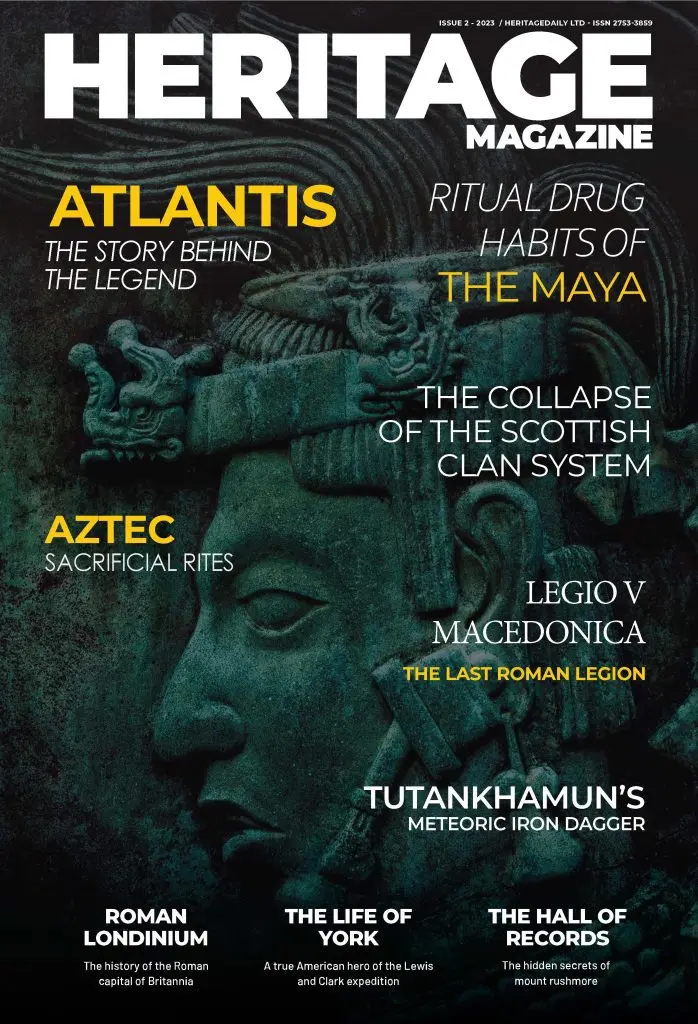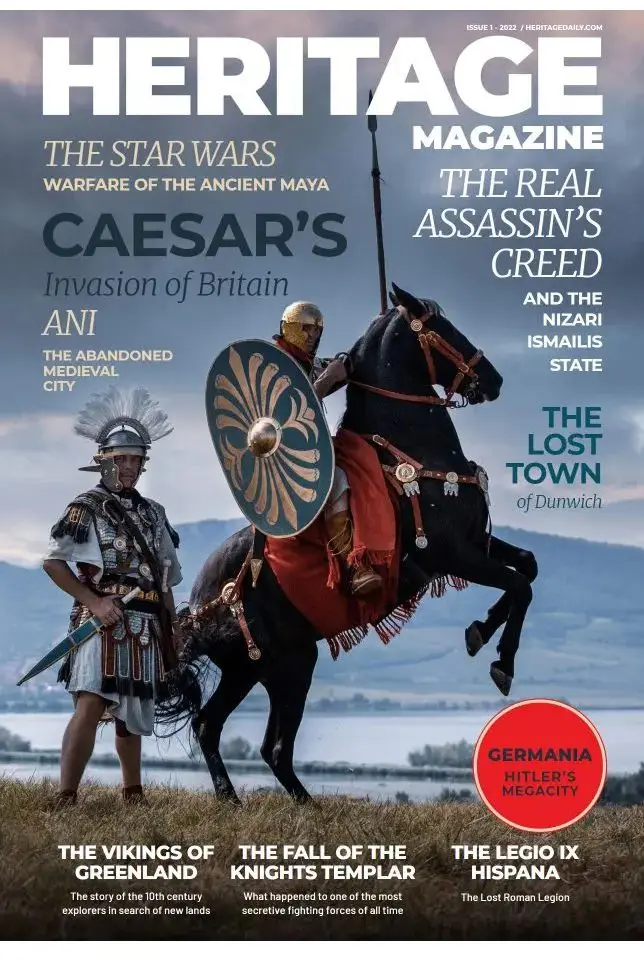Archaeologists have made further discoveries at the San Casciano dei Bagni hot springs in Tuscany, Italy.
The site was founded as a sanctuary during the 3rd century BC, which the Romans later developed into the spa complex of Balnea Clusinae. The site is fed by geothermal springs, which are used to supply water at a mean temperature of 42 °C (108 °F).
The spa became a popular attraction for the therapeutic benefits, with notable figures such as Caesar Augustus being a frequent visitor.
Previous excavations in 2022 uncovered a collection of 24 bronze statues that date from the 2nd and 1st century BC, which were likely deposited along with votive offerings in dedication to the gods.
A recent study focusing on the temenos (the sacred wall enclosing the site) and the main temple complex, has uncovered further votive offerings such as lamps, glass unguent jars, bronze figurines, anatomical votive pieces crafted from painted terracotta, and a plaque with bilingual Etruscan-Roman inscriptions.

Among the statues recovered are snake sculptures, the most notable being a snake figure almost a metre in length, which the archaeologists suggest is a depiction of Agathodaemon, a serpentine deity from Greek mythology.
Other discoveries include thousands of coins, a gold crown, bronze statues of male and female figures, offerings of branches adorned with plants and pine cones, and thousands of eggshell fragments (and whole eggs) remarkably preserved.
Efforts to preserve the site are in progress with the establishment of the National Archaeological Museum of San Casciano dei Bagni in the Archpriest’s Palace, and the development of a thermal archaeological park surrounding Bagno Grande.
Header Image Credit : Ministry of Culture
Sources : Ministry of Culture







